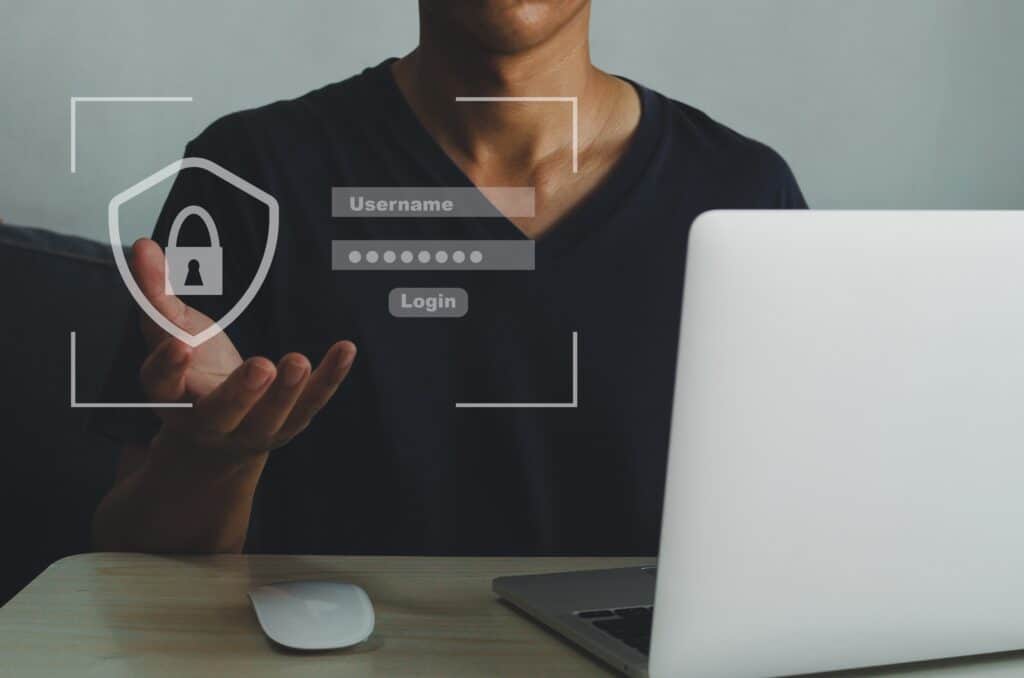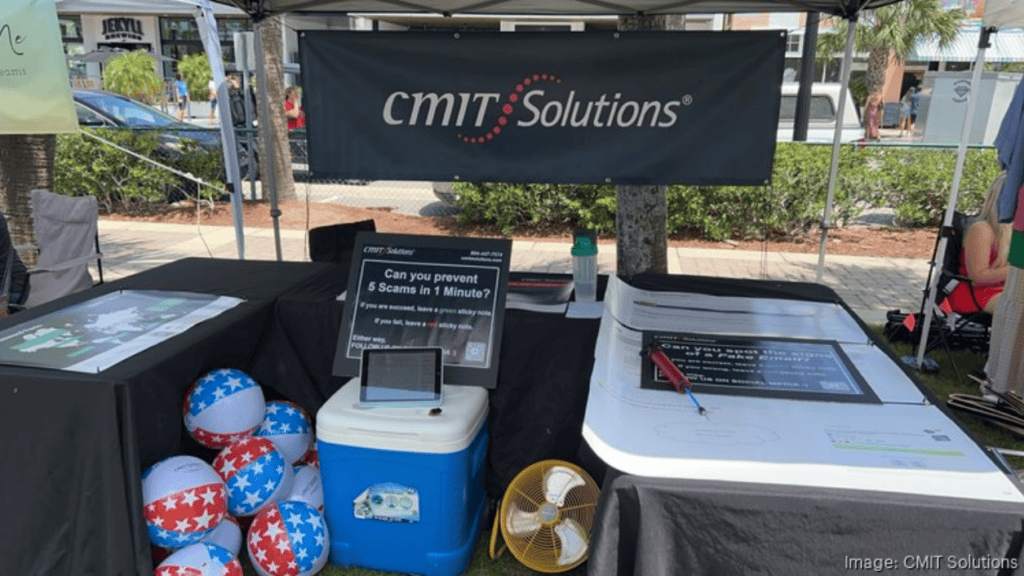As a small or medium-sized business (SMB) owner, you’re juggling countless responsibilities every day. Amid managing employees, handling finances, and satisfying customers, safeguarding your identity might not always top your list. However, protecting yourself from identity theft is extremely important.
Identity theft can disrupt your business operations, damage your reputation, and cause significant financial loss. Read on as we look a little closer at what identity theft is, as well as some practical steps to protect yourself and your business.
Understand the Risks
Identity theft occurs when someone steals your personal information, such as your social security number, credit card details, or business credentials, to commit fraud. Thieves can use this information to open accounts, make unauthorized purchases, or even file fake tax returns.
Keeping Your Personal Information Safe
One of the simplest yet most effective ways to prevent identity theft is to keep your personal information safe. This involves a few key practices:
- Limit Sharing: Only share personal information when absolutely necessary. If someone requests your social security number or other sensitive details, ask why they need them and how they will protect them.
- Secure Storage: Store documents containing personal information in a secure location. Use a locked drawer or a safe for physical documents and encrypted storage for digital files.
- Shred Documents: Before discarding any documents containing personal information, make sure to shred them. This prevents dumpster divers from retrieving your details from the trash.
Use Strong Passwords
Passwords act as the first line of defense against cybercriminals. Weak passwords make it easy for hackers to access your accounts.
When creating strong passwords, use a mix of upper and lower case letters, numbers, and special characters. Aim for at least 12 characters, and avoid using the same password across multiple accounts. Each account should have a unique password.
Consider using a password manager to generate and store complex passwords securely. This way, you won’t have to remember every password, and you’ll reduce the risk of using easily guessable ones.
Implement Multi-Factor Authentication (MFA)
Multi-factor authentication (MFA) adds an extra layer of security by requiring two or more verification methods to access your accounts. Typically, this involves something you know (a password) and something you have (a smartphone). By enabling MFA, you significantly reduce the chances of a hacker gaining access, even if they manage to steal your password.
Monitor Your Accounts Regularly
Regularly monitoring your financial and online accounts can help you detect suspicious activity early. Here are some steps you can take:
- Check Statements: Review your bank and credit card statements monthly. Look for unfamiliar transactions and report any discrepancies immediately.
- Set Alerts: Many financial institutions offer alerts for large transactions or unusual activity. Set these alerts to stay informed about changes in your accounts.
- Review Credit Reports: Obtain a free credit report annually from each of the three major credit bureaus (Experian, Equifax, and TransUnion). Look for accounts you didn’t open or inquiries you didn’t initiate.
Be Wary of Phishing Scams
Phishing scams involve cybercriminals tricking you into providing personal information through deceptive emails, messages, or websites. To avoid falling victim to these scams, be cautious of emails from unknown senders, especially those requesting personal information or containing suspicious links. Watch for poor grammar, urgent language, or inconsistencies in emails, as these are common signs of phishing attempts.
Avoid clicking on links or downloading attachments from unknown sources if you can. If you receive a suspicious email from a known contact, verify its legitimacy through a separate communication channel, such as by calling the business.
Secure Your Devices
Your devices hold a wealth of personal and business information. Keep them secure by doing the following:
- Use Antivirus Software: Install and regularly update antivirus software on all devices. This helps protect against malware and other cyberthreats.
- Enable Firewalls:Firewalls act as a barrier between your device and potential threats from the internet. Make sure your firewalls are active and properly configured.
- Update Software: Regularly update your operating system, browsers, and other software. Updates often include security patches that protect against newly discovered vulnerabilities.
Educate Employees
Your employees can help maintain security. Educate them about identity theft and implement best practices within your business by conducting regular cybersecurity awareness training sessions on identifying phishing scams, using strong passwords, and handling sensitive information. Establish clear policies for data protection, check that employees understand their responsibilities, and limit access to sensitive information based on job roles. Only those who need access to specific information should have it.
Use Encryption
Encryption converts data into code to prevent unauthorized access. Use encryption for:
- Emails: Encrypt emails containing sensitive information so that only the intended recipient can read them.
- Stored Data: Encrypt data stored on devices and servers. This adds an extra layer of protection in the event of theft or hacking.
- Backups: Regularly back up your data and encrypt these backups. This allows you to recover your information without compromising security.
Be Cautious with Public Wi-Fi
Public Wi-Fi networks are often unsecured, making them a target for cybercriminals. When using public Wi-Fi, refrain from accessing bank accounts or conducting sensitive business transactions. Instead, try using a virtual private network (VPN), as it encrypts your internet connection, making it harder for hackers to intercept your data.
Disable file sharing and other settings that might expose your information to others on the network when using public wi-fi to keep that data private too.
Report Identity Theft Promptly
If you suspect you’ve become a victim of identity theft, acting quickly can help minimize the damage. Take the next steps as soon as possible:
- Contact Financial Institutions: Notify your bank and credit card companies immediately. They can freeze accounts and monitor for suspicious activity.
- File a Report: Report the theft to the Federal Trade Commission (FTC). The FTC provides a recovery plan and can help you report the theft to other authorities.
- Notify Credit Bureaus: Place a fraud alert or credit freeze on your credit reports. This makes it harder for thieves to open new accounts in your name.
Stay Informed
Identity theft tactics evolve constantly. Staying informed about the latest threats and best practices can help protect you and your business. Follow cybersecurity news, attend relevant webinars, and consider joining professional associations focused on business security.
Want to make certain your business is secure, even from identity theft? Our team at CMIT Solutions of SW Jacksonville can see it done. Contact us today for cybersecurity and IT solutions that fit your business like a glove and keep your data safe.




